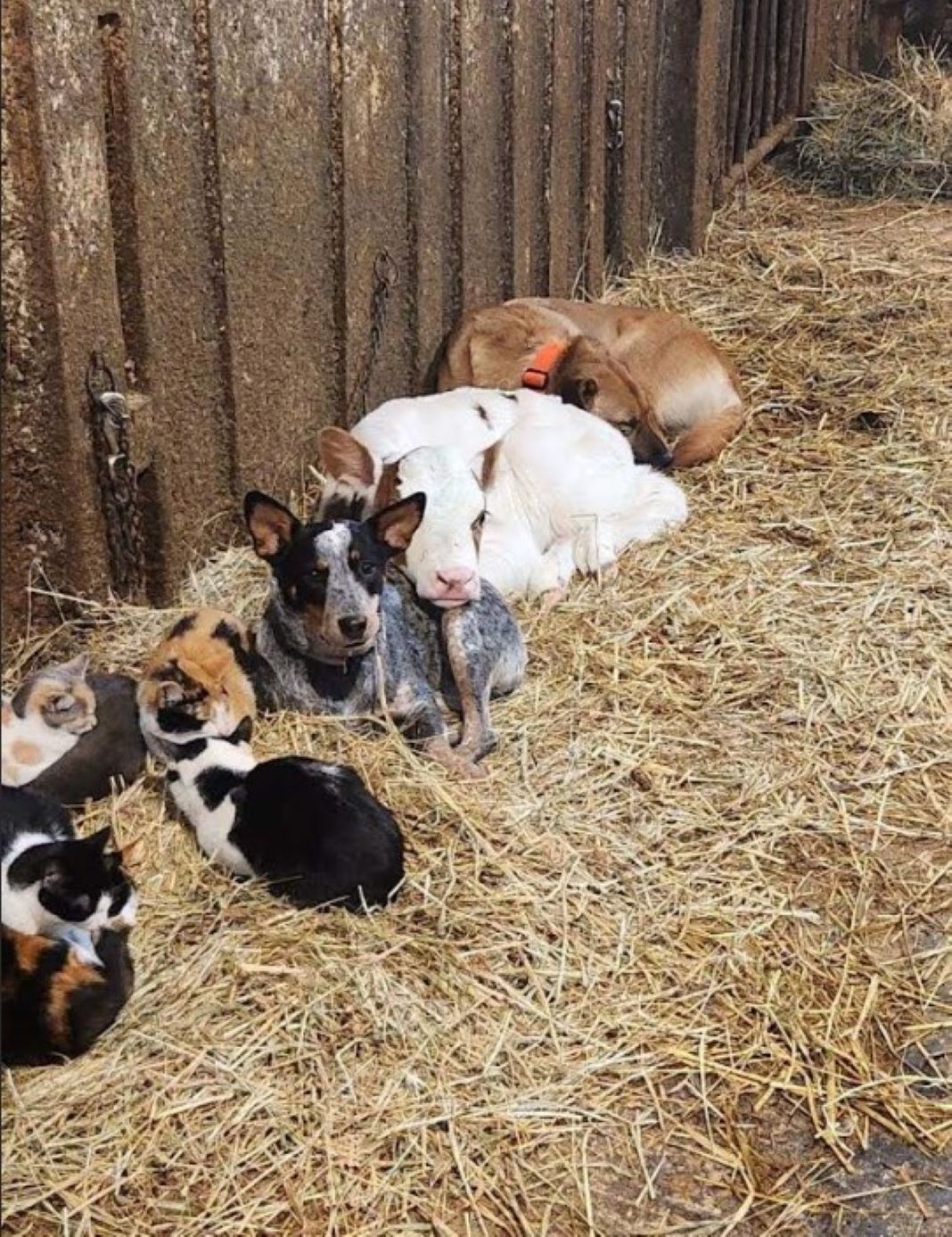HIGHLIGHTS FROM PA GAME COMMISSIONERS MEETING
The Pennsylvania Board of Game Commissioners met today at the agency’s Harrisburg headquarters, hearing public comment, considering staff reports and conducting official business. Highlights from today’s meeting follow.
ADULTS COULD ACCOMPANY ADDITIONAL HUNTERS
The Pennsylvania Board of Game Commissioners today gave final approval to a measure that will allow mentors hunting with a mentored youth to accompany up to two additional hunters, be they mentored youth, junior hunters or mentored adults.
Previously, no additional junior or mentored hunters could accompany a mentor hunting with a mentored youth. There was a required one-to-one mentor/mentee ratio.
That limit has now changed to three.
The requirement that limits mentors and mentored youth from possessing only one sporting arm between them remains. The mentor must carry the sporting arm at all times while moving. Junior hunters and mentored adults may possess their own sporting arms while accompanied by a common mentor.
This change will become effective after publication in the Pennsylvania Bulletin, usually within 60 days, and in time for the fall hunting seasons.
Prior to a vote, the Game Commission had evaluated relevant safety data and determined the amendments would not create an unreasonable safety risk.
Since its inception in 2006, the mentored hunting program gradually has grown and expanded to include new hunting opportunities and groups eligible to participate. With each progressive expansion, the program has come into closer alignment with the Game Commission’s traditional hunting license structures.
GAME LANDS SYSTEM TO GROW BY NEARLY 5,300 ACRES
The Pennsylvania Board of Game Commissioners today approved acquisitions that would add nearly 5,290 acres to state game lands.
That involves the purchase of 13 properties. They are:
· Roughly 195 acres in Coolspring Township, Mercer County, adjoining State Game Lands 294. Acquiring this property will fill in gaps between two separate tracts of State Game Lands 294.
· Roughly 660 acres in Cherry and Clay Townships, Butler County, adjoining State Game Lands 95. A heron rookery located on a freshwater pond on the property provides a unique wildlife habitat feature.
· Roughly 1,153 acres in Northampton Township, Somerset County, near State Game Lands 82. The property contains critical and unique habitat, including the headwaters of Brush Creek, a high-quality cold-water fishery.
· Roughly 10 acres in Buffington Township, Indiana County. This is an indenture to State Game Lands 79.
· Roughly 1,747 acres in the City of St. Marys, Elk County, adjoining State Game Lands 14. This property is in the core of the elk range and is the headwaters of numerous tributaries to high-quality trout streams.
· Roughly 7 acres in Beccaria Township, Clearfield County, adjacent to State Game Lands 60. This parcel contains critical and unique riparian habitat.
· Roughly 7 acres in Beccaria Township, Clearfield County, adjacent to State Game Lands 60. This is a separate parcel from the one above.
· Roughly 210 acres in Howard Township, Centre County, adjacent to State Game Lands 323. This parcel will provide critical access to game lands and adjacent partner lands that are open to hunting.
· Roughly 578 acres in Logan and Frankstown townships, Blair County, near State Game Lands 166. This property contains unique habitat that will benefit several species of greatest conservation need, and will be managed to provide high-quality grouse habitat.
· Roughly 504 acres in Middle Paxton Township, Dauphin County, adjoining State Game Lands 211. This parcel will provide critical access to a remote portion of State Game Lands 211.
· Roughly 73 acres in East Penn Township, Carbon County, adjacent to State Game Lands 217. This acquisition protects critical and unique habitat on Kittatinny Ridge, a Globally Important Bird Area.
· Roughly 139 acres in Heidelberg Township, Lebanon County, and Elizabeth Township, Lancaster County, near State Game Lands 46. This game lands is heavily used by hunters and non-hunters and this acquisition would increase the opportunity for these groups to enjoy the outdoors.
· Roughly 7 acres in Nockamixon Township, Bucks County, an indenture to State Game Lands 56.
Hunters and other users of Pennsylvania’s state game lands system should be aware that none of these additions are yet final. Some are contingent upon third parties receiving funding through grants or other means. What’s more, the Board of Commissioners’ approval of the agreements is but one step in the land transfer process.
When that process is completed, and the properties are officially game lands, the Game Commission will post signs to that effect, stating that they’re now available for public use.
In other action, the Game Commission acquired a one-half interest in roughly 2,271 acres of subsurface oil, gas and mineral real estate located in and under State Game Lands 66 in Sullivan and Wyoming counties. The agreement with Wespath Benefits and Investments and the General Board of Global Ministries of the United Methodist Church will give the Game Commission greater control over any possible future resource development efforts that would impact the unique habitat on this game lands.
Game Commissioners also approved a non-surface oil and gas cooperative agreement with JKLM Energy LLC. (JKLM) involving roughly 3,459 acres of State Game Lands 37 in Tioga Township, Tioga County.
PROPOSAL WOULD DECREASE MINIMUM AGE FOR FALCONERS
The state’s falconers would be able to get their start at a slightly younger age, based on a proposal the Pennsylvania Board of Game Commissioners preliminarily approved today.
The commissioners voted to decrease the minimum age for a general class falconry permit from 18 years old to 16 years old, which is the minimum age established by federal regulations. The Game Commission has not identified any biological or safety concerns that would result from lowering the minimum age.
This proposal, which was requested by the Pennsylvania Falconry and Hawk Trust, will be brought back to a future meeting for final consideration and potential adoption.
AMENDMENT WOULD AFFECT RECENT NAME CHANGE
Formerly considered a single species, goshawks in Europe and North America were split into separate species last year by the American Ornithological Society, due to their differing genetics and behavior.
As a result, European goshawks retained the name Northern Goshawk, while those in North America were renamed American Goshwak.
That change soon could be reflected in state regulations.
The Pennsylvania Board of Game Commissioners today gave preliminary approval to amending Title 58 of the Pennsylvania Code to incorporate the recent name change. The measure would be brought back for final consideration at an upcoming meeting.
Adoption of the name change would not affect the protection or management of goshawks within the Commonwealth.
















































